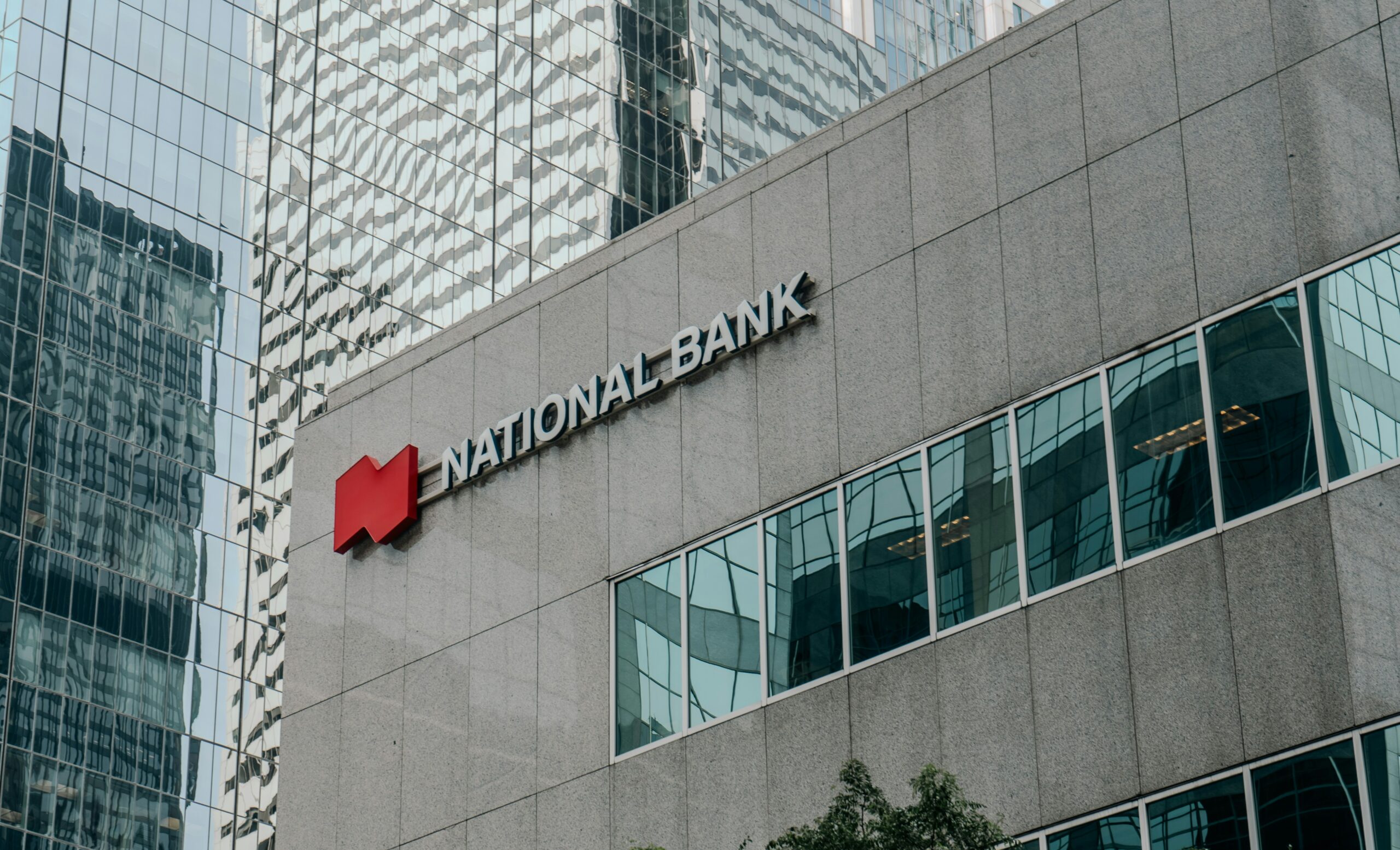In a world where boundaries are becoming hazier due to globalization, remittances are vital to millions of people’s livelihoods. Remittances, whether from a worker funding a child’s education or a parent sending money home to maintain their family, are a lifeline for many. Historically controlled by banks and money transfer companies, this multibillion-dollar sector is ready for change. Presenting digital currencies, which are quick, affordable, and global. They are rapidly becoming a major force in the remittance industry, with the potential to completely transform cross-border money transfers.

The traditional remittance model: Challenges and limitations
Traditional remittance services have depended on well-known financial organizations, including banks and money transfer operators (MTOs), like MoneyGram and Western Union, for many years. Despite their dependability, these services are sometimes costly and sluggish. Among the main difficulties are:
- High transaction fees
Remittances sent via conventional means often cost between 6 and 7% of the overall transaction amount. These costs may be a major hardship for both the sender and the recipient of smaller remittances, which comprise the majority of international transactions.
- Lengthy processing times
Because various middlemen, including correspondent banks, are involved, processing cross-border payments might take several days. When recipients are in dire need of money, this wait may be crucial.
- Access barriers
It is challenging for many beneficiaries in poor nations to directly receive remittances as they do not have access to official banking institutions. They frequently have to use cash-based services, which may be dangerous and cumbersome.
How digital currencies address these challenges
A strong substitute for conventional remittance networks is provided by digital coins, whether they take the shape of stablecoins linked to conventional currencies or cryptocurrencies like Bitcoin. Here’s how they’re changing things:
- Lower transaction costs
The decrease in transaction costs is one of the biggest benefits of using electronic currencies for remittances. Costs are far cheaper because virtual currencies run on decentralized networks that do away with middlemen. For instance, depending on network congestion, a foreign transfer using Bitcoin or a stablecoin may only cost a few cents.
- Faster transfers
Digital currency transfers are nearly immediate, in contrast to traditional financial institutions where payments may take days to be processed. Digital currencies are perfect for urgent transfers since most transactions are finished in a matter of minutes, even in cases of network traffic.
- Greater financial inclusion
Digital currencies have the potential to provide millions of unbanked individuals throughout the world with access to banking services. Instead of requiring a conventional bank account, users can receive money straight into a virtual wallet using only a smartphone and a web connection. In areas with little financial infrastructure, this is particularly important.
- Transparency and security
Digital currency transactions are documented on a blockchain, an open record that provides inviolability and transparency. This lowers the possibility of deception and gives senders and receivers a record of every transaction that can be verified. Furthermore, sophisticated cryptographic methods guarantee the security of transactions.
Emerging solutions in digital currency-based remittances
Digital currencies are being used by several fintech firms and enterprises to provide creative remittance solutions. Among the examples are:
- Stellar and ripple
These blockchain-based systems are made especially for international payments. Banks may make quick and inexpensive international transactions with Ripple’s XRP coin. In contrast, Stellar focuses on establishing direct connections between users, making peer-to-peer transactions quick and inexpensive.
- Stablecoins
Pegged to conventional fiat currencies, stablecoins like USDC and Tether offer the advantages of virtual currencies together with the security required for transfers. Stable coins are more desirable for senders and receivers since they provide a consistent value, in contrast to erratic cryptocurrencies.
Conclusion: A promising future
The remittance sector has enormous potential thanks to digital currencies. Millions of people who rely on cross-border payments might benefit from their speedier, less expensive, and more inclusive banking solutions. However, issues like volatility, oversight, and availability must be resolved if digital currencies are to realize their full worth in remittances.
A new age of financial connection may be ushered in by digital currencies being the dominant method of remittances as the distributed ledger advances and legal clarity increases. One thing is certain in this quickly evolving environment: digital currencies are not only a fad; rather, they represent a revolutionary force that is transforming how money is transferred globally.
You may also find these articles helpful
Everything you need to know about Ellevest Robo-advisor
Best way to transfer money from Canada to Singapore
Best ways to transfer money from the USA to India









